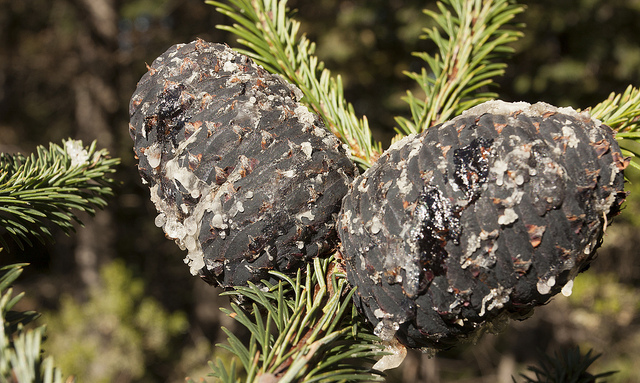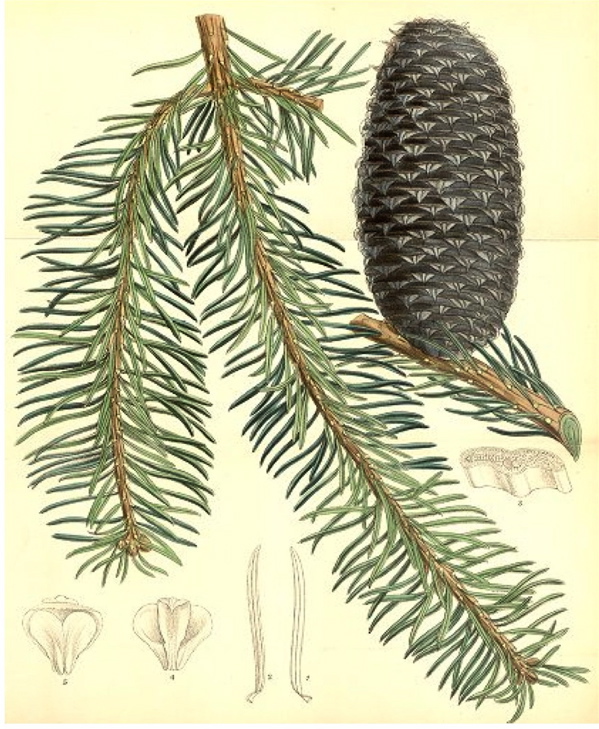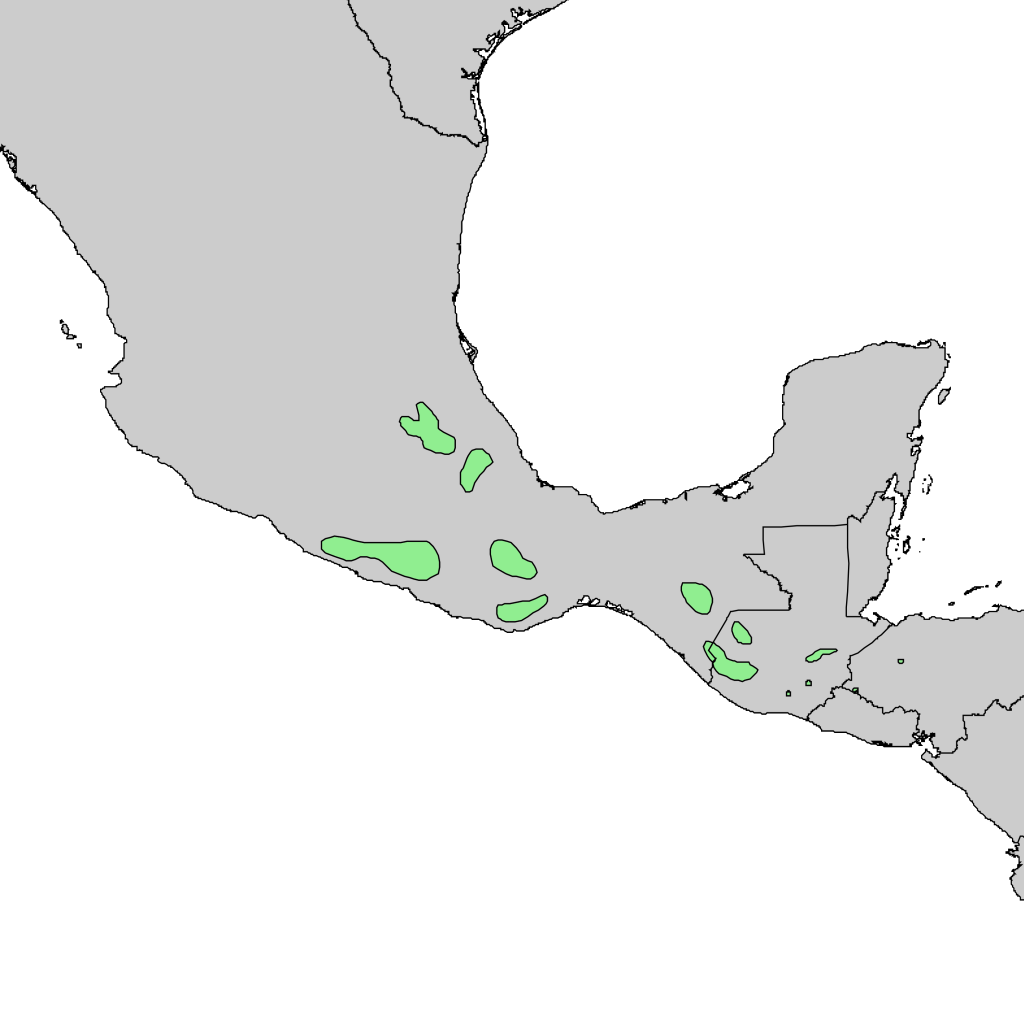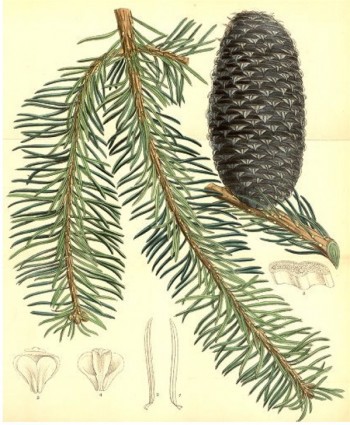
Abies religiosa, first described by Carl Sigismund Kunth (1788-1850), and work later completed 1830 by Diederich Franz Leonhard von Schlechtendal (1794 - 1866) and Adelbert von Chamisso (1781 - 1838), is commonly known as sacred fir or as oyamel in the native Nahuatl language and as pinabete in Spanish. Sacred fir is named after the use of cut foliage in religious festivals in Mexico, notably at Christmas. It is also the preferred tree for the monarch butterfly (Danaus plexippus) to reside in colonies during its hibernation in Mexico.
Description. Sacred fir is an evergreen coniferous species of tree that will grow to heights of 80 to 160 feet (25 - 50 m) tall with a trunk diameter of up to 6.6 feet (2 m) wide at breast height.
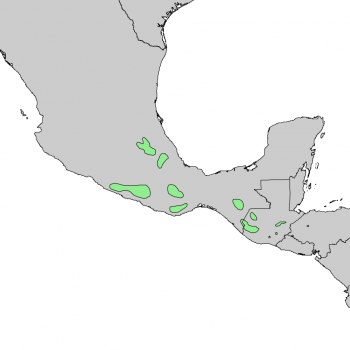
Distribution. This species is native to the mountains of central and southern Mexico - Eje Volcánico Transversal, Sierra Madre del Sur; and western Guatemala. It grows at high elevations of 6,900 to 13,500 feet (2,100 - 4,100 m) above sea level in cloud forests with high rainfall, cool, humid summers and dry winters in most of its habitat with the exception of the state of Veracruz to the east where grows with precipitation all year long. Regular winter snowfalls occur on the highest populations.
